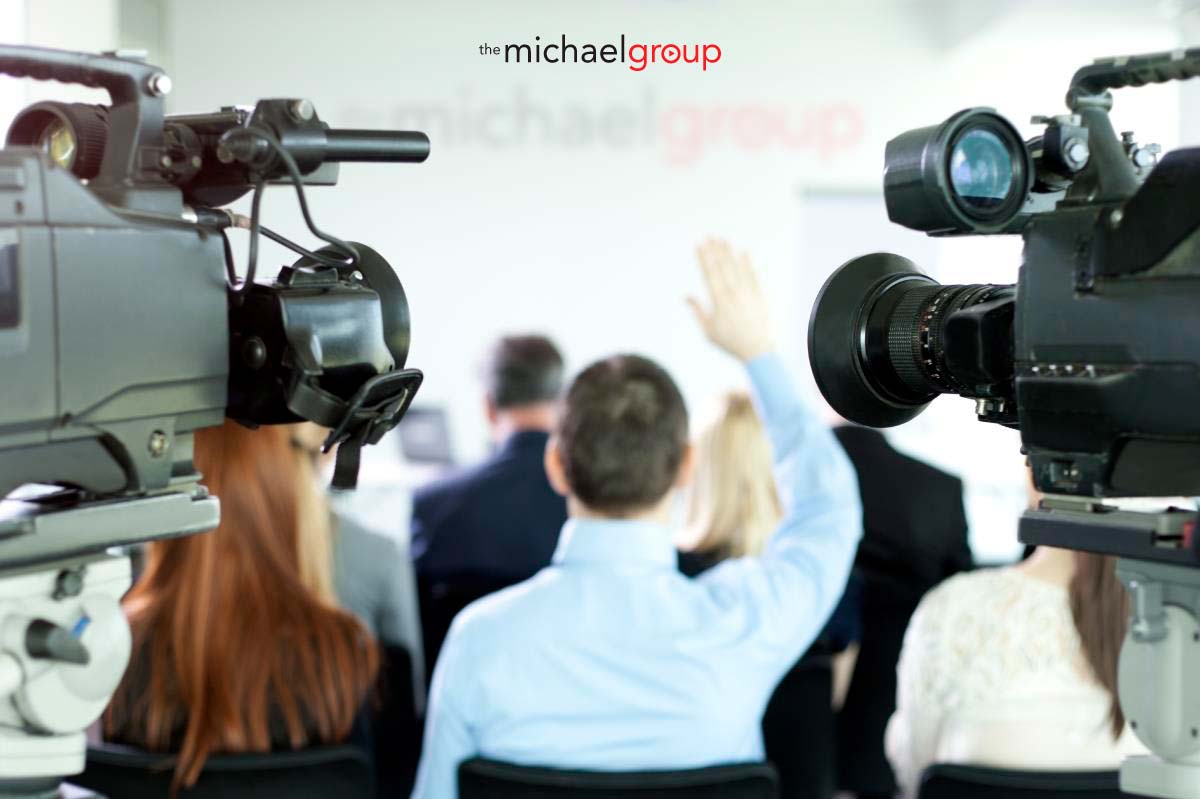
Being in the public eye and having a camera light shone in your face isn’t always every person’s cup of tea, but sometimes, for your business or for avenues related to your line of work, it becomes necessary to take a seat in the public eye. Media training, such as what we offer in Chicago, is often necessary, to calm the nerves and ensure that clients engage with the media in a confident and coherent way.
The online and digital world is an endlessly burgeoning industry that sees the media and the public constantly engaging with one another on an increasing basis and on a growing array of different platforms. It is no longer just enough to dress and look the part when in front of the camera or behind the mic, it is just as important to be the part. That said, too many companies today that offer media training, focus on looking the part rather than being it. There are several handy steps clients can do in order to prepare themselves for their fifteen minutes of fame:
Make sure that you have read up on the topic you are going to be interviewed on. By doing adequate research, you’ll also feel less pressure and you’ll be less likely to stumble on conversation topics. Reading up on your topic will leave you with more to talk about.
There’s nothing worse than writing a piece and getting called out for erroneous facts later on. Reporters and journalists are likely to take it on face-value that your facts are correct because you are the chosen spokesperson. Not having your facts straight will also encourage a bad relationship with the media, which is the last thing you want, even if it was accidental. Take a notepad with the correct numbers and figures, if necessary.
To follow on technique number two, reporters aren’t fond of fact-checking, and they are even less fond of lying. Never lie to a reporter as it will have far-reaching effects on your reputation in the media, your reputations with the media, and your future encounters.
Nerves tend to make one babble, but it’s best to avoid that in this situation. Rather say less, but with more meaning, than go off on a tangent which can open you up to an entirely new line of questioning. Be frank, factual, and succinct. If you’re stumped about the question you were asked, calmly and politely say that you will get back to them with an answer on that.
Or in other words, don’t allow words to be put in your mouth. If the reporter or journalist insinuates something that is in contrast with what you are trying to say or if they make an assumption, politely state the facts and state your actual position on the matter in question.
If you don’t understand the way the question has been phrased or you would like more certainty so that you can better answer the question, just ask the interviewer to repeat themselves or elaborate a bit more on what they were saying.
This probably seems like an odd addition to this list, but being interviewed by the media is not the same as being taken under oath in a court of law. The media does not get unrestricted access to all the information you hold, and you are well within your rights to smile and say in a polite and friendly manner that you do not have all the facts on hand at that moment or are not at leisure to answer the question in question (see what I did there?).
Even if the reporter has said it is. Ensure that whatever you say and divulge during your media encounter, you will be comfortable with anyone hearing. The media is a public space and you are engaging in it. It’s important to be prepared and to know that what you say will ultimately end up in the public space, too.
Undergoing proper media training before your media encounter is important, not only for your image but for those you are representing. The Michael Group is a media company with headquarters in Chicago that offers a wide variety of media training techniques.